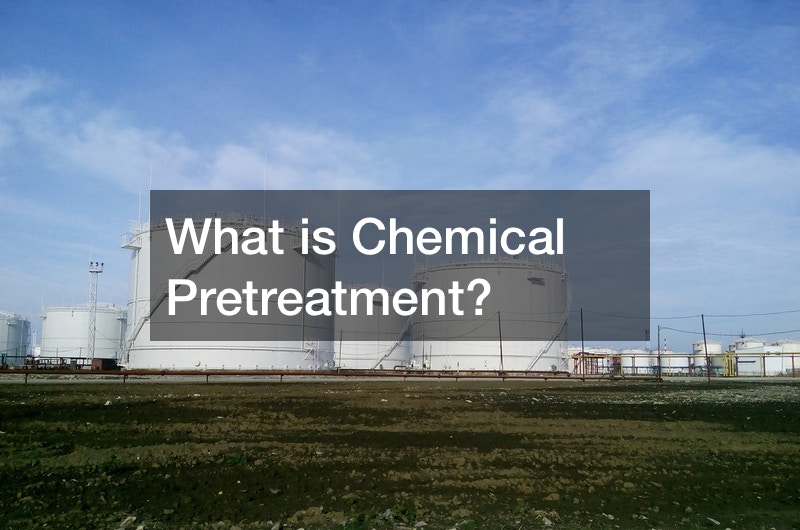
Effective pretreatment involves an inexpensive process that uses simple equipment and prevents inhibitor formations. It is essential for the use of lignocellulosic feedstocks. This method involves drying and milling biomass.
Later, the biomass is presoaked in water and dipped in acidic solutions under set temperatures for a duration of time. The pretreated content will then be filtered to separate the unhydrolyzed solid substrate from the liquor before saccharification.
Acid catalysts are low-cost and practical, and they include concentrated mineral acid, dilute mineral acid, and dicarboxylic acid. Chemical pretreatment is essential in biomass conversion processes of lignocellulosic feedstock.
It effectively alters the biomass structure and makes it accessible for enzymatic saccharification. Alkaline pretreatments use common agents such as potassium hydroxide, ammonium hydroxide, calcium hydroxide, and aqueous ammonia.
Delignification is made easier through chemical pretreatment. The composition of biomass and the pretreatment conditions affect the effectiveness of the process. However, some disadvantages of using acid catalysts, such as corrosiveness and inhibitor formation. When this happens, the commercialization of the cellulosic ethanol production process is lowered.
Contact us today to learn more about chemical treatments.


